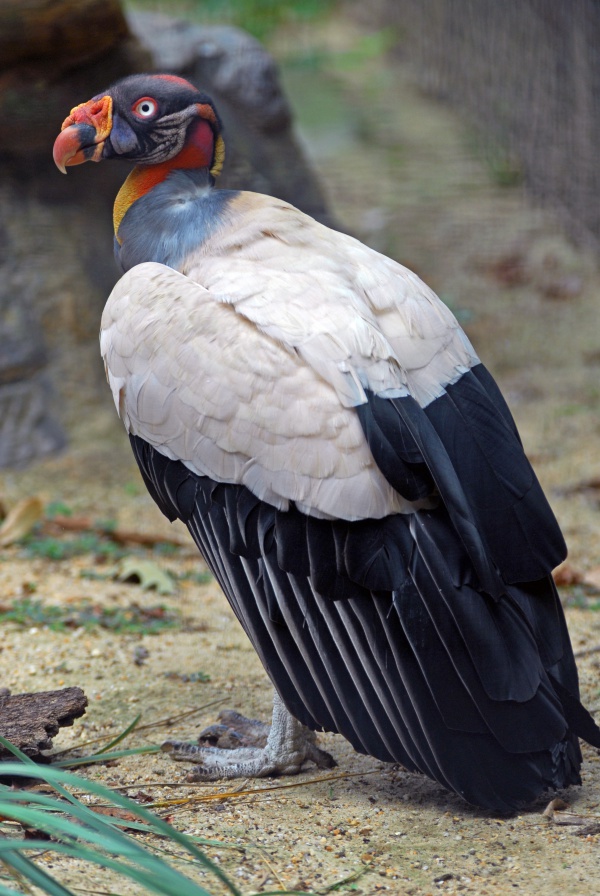Facts About King vulture
The king vulture is an impressive bird from the New World vulture family, Cathartidae. This notable scavenger inhabits tropical lowland forests stretching from southern Mexico to northern Argentina. As the sole surviving member of the genus Sarcoramphus, the king vulture is truly unique.
Distinguished by its mainly white plumage, the king vulture features a vibrantly colored head and neck, complemented by a distinctive orange fleshy growth known as a caruncle on its beak. Fulfilling an essential role in its ecosystem, it helps to clean up carrion and is known to displace smaller vultures from feeding sites.
In Mayan culture, the king vulture held substantial significance, with its image appearing in ancient codices and folklore. While the International Union for Conservation of Nature (IUCN) currently lists it as "Least Concern" its population is declining due to habitat loss. First described by Carl Linnaeus in 1758, the king vulture has undergone numerous taxonomic revisions. There remains ongoing debate about the relationship between New World vultures like the king vulture and Old World vultures.
Fossil evidence indicates that the ancestors of the king vulture once occupied a much broader range. Today, they are primarily found in Central and South America, specifically within pristine tropical lowland forests. They are remarkable fliers, capable of soaring gracefully for extended periods.
In terms of reproductive behavior, king vultures are monogamous. Both parents share the responsibilities of incubating the eggs and nurturing the offspring. Their diet predominantly consists of carrion, though there are occasional reports of them consuming injured animals. Conservation efforts are crucial to mitigate habitat destruction and poaching, despite their current status as not endangered.
Culturally, the king vulture has been revered for centuries, prominently featured in Mayan myths and even utilized in traditional medicine. Their striking appearance has graced postage stamps in various countries within their range. Renowned for their beauty and size, king vultures are also a popular attraction in zoos around the world.

 Mexico
Mexico